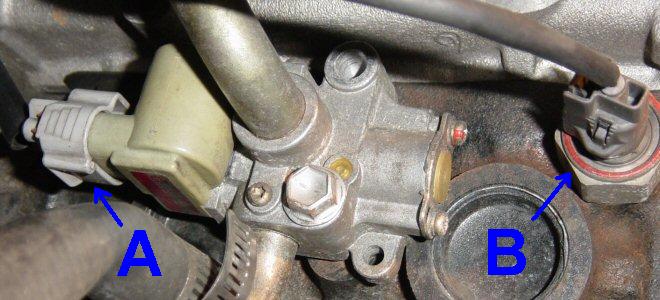Idle Air Control
Full details on the types of Toyota IACVs can be found here:
http://www.autoshop101.com/forms/h60.pdf
The early type is a simple solanoid, called a Vacuum Switching Valve, which allows a vaccum to pass to a set of bellows that move against the throttle plate stop. They are triggered by ECU, or various electrical load switches.
Most people remove these when going to a stand-alone system, as they do not work very well after 25years of service.
The newer 20v engines have a Dual-Control Rotary Solanoid IAC System, marked as A on the picture below.

One coil opens the IAC valve, the other closes it, with neither coil active the IAC valve sits at 50%.
The document states:
''The ECM controls IACV positioning by applying a duty cycled signal to the two electrical coils in the IACV.
By changing the duty ratio (on time versus off time), a change in the magnetic field causes the valve to rotate.
Basically, as duty ratio drops belpw 50%, the valve closes the passage. If the IACV is disconnected or inoperative,
the valve will move to a default position and idle rpm will be around 1000 to 1200rpm at operating temperature.''
A simple solution is to use a Relay to ground one coil or the other


In order to PWM the solanoid for the best results a FET driver with one inverting and one non-inverting output (such as the TC4428) may be used:

I guess it's very similar to the ones on BMWs (dual solenoid) with an extra pre-set spring. However selecting the dual-solenoid iac option in newer (>1.0.30) firmwares might control this valve without extra electronics.